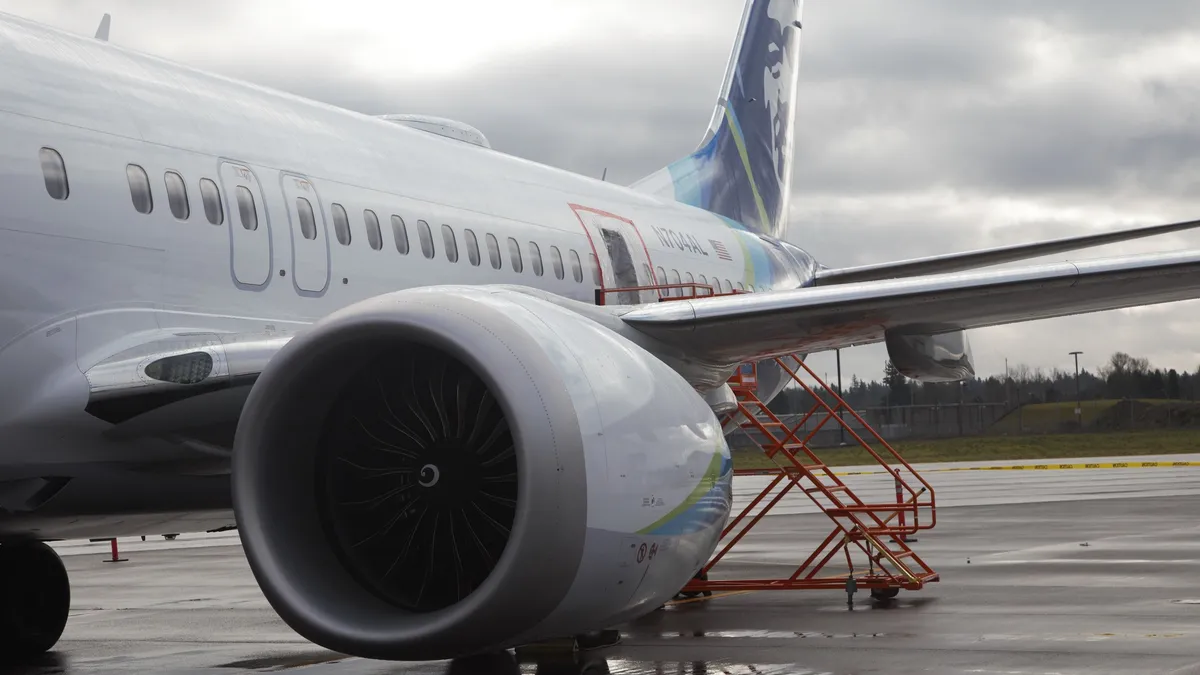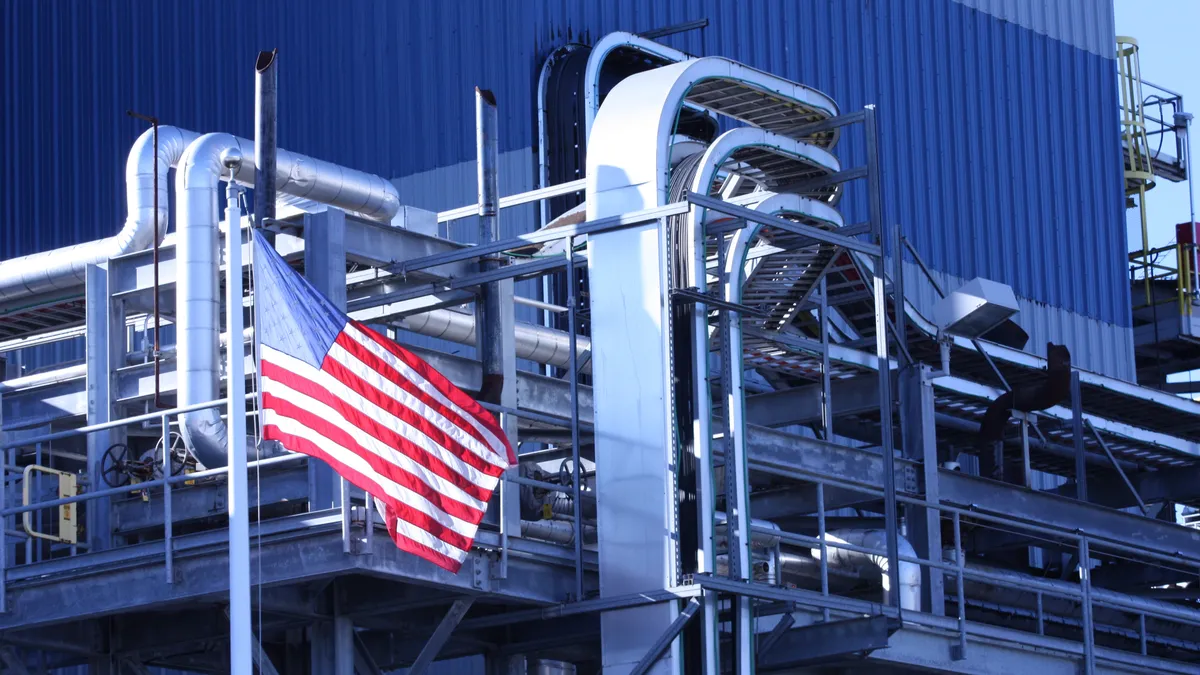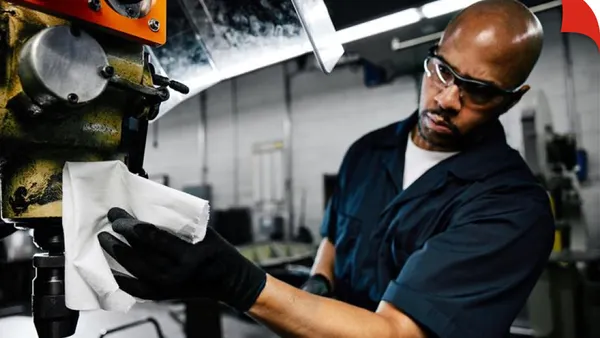Dive Brief:
- Aerospace parts maker Spirit AeroSystems is upping oversight of its manufacturing processes and taking corrective action regarding any found defects, CEO and President Pat Shanahan told analysts on an earnings call Tuesday in a bid to assuage concerns about its production quality.
- Immediately after last month’s Alaska Airlines incident, the Boeing supplier conducted a product safety risk assessment, Shanahan said. Spirit also executed corrective manufacturing measures, including new inspections with Boeing using the Federal Aviation Administration’s safety management system.
- Spirit is now in the midst of a second wave of actions aimed at addressing quality problems in its 737 manufacturing, including adding automation to decrease the occurrence of human error and increasing training.
Dive Insight:
Spirit’s plans are part of the manufacturer’s efforts to better integrate with Boeing’s quality management systems as both companies sprint to assure customers of their planes’ safety. Spirit plans to increase the number of its own internal inspections, as well as those performed by the Federal Aviation Administration and Boeing, at its plant in Wichita, Kansas, Shanahan said.
“At this point, the art form is to integrate broad actions with our ongoing operations and not as a one-off project. Our teams across manufacturing and engineering are fully aligned and will implement changes seamlessly,” Shanahan said. “The mindset shift is to understand that the airplane is the boss. The airplane tells us what to do.”
The manufacturer is also focused limiting the manual labor it takes to make certain sections of the plane, such as the 737 fuselage, by deploying more automation. A significant portion of the 737 fuselage is built by Spirit’s factory workers and the front and back sections are the most complex and confined workspaces, Shanahan said.
The company hopes that by adding more automation, it will decrease sources of human error during this production process.
“Our eye is toward finding the right balance of using human assisted technology and automated technology,” Shanahan said.
Currently, Spirit is developing human-assisted technology for this work and is looking to accelerate its deployment. Shanahan said he’ll ensure the company will have the resources and investments to do so.
Spirit opted not to provide full-year financial guidance in its earnings report due to the FAA-mandated pause on Boeing’s production expansion plans and its ongoing pricing negotiations with Airbus, which it hopes to conclude this month.
In the meantime, the company has set up buffer production days and buffer stock parts to stabilize 737 production.
“One of the things we ask [suppliers] to do is protect the factory in terms of the critical jobs that need parts to maintain the build of the aircraft,” Shanahan said. “And so in those critical areas, we've built buffer stock. They're also suppliers when we look at their history that are unpredictable.”
The production schedule allows Spirit to build 38 aircraft a month but test its ability to produce up to 42.
Spirit’s earnings were released the same day the National Transportation Safety Board published its initial investigation report on the Alaska Airlines-operated Boeing 737-9 Max plane door plug that blew out midair while flying over Portland, Oregon, on Jan. 5.
The report found that the Mid Exit Door Plug was missing four bolts. The plug was produced at Spirit’s Malaysia plant in March 2023 and the company’s Wichita plant installed the plug on the fuselage in May 2023.
“As we review the NTSB’s preliminary report, we remain focused on working closely with Boeing and our regulators on continuous improvement in our processes and meeting the highest standards of safety, quality and reliability,” the company said in a statement Tuesday












